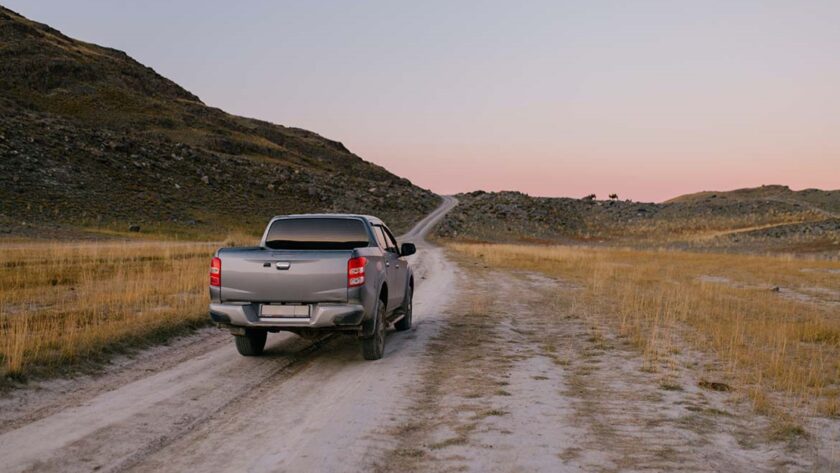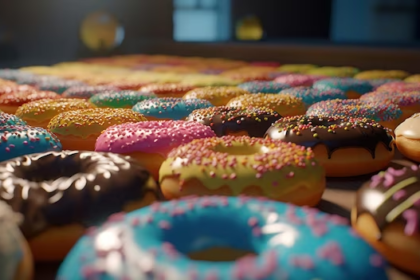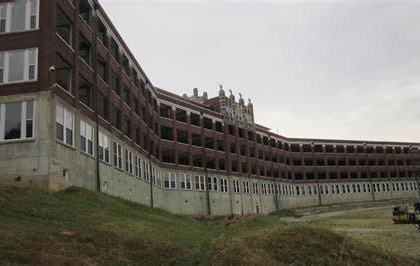Why the car? Car gives a little comparable mobility, both on the way and in place: with a car you can stop by on the way to interesting for you city, and upon arrival – travel without restrictions to the nearest (and not very) cities and attractions. Also with a car are quite different luggage restrictions. Of course, there are car rentals, but that’s not my option. I need confidence in the car, in its safety. The choice is obvious.
How do the passengers cope?
Let me put it this way: they always have a choice before they start the trip. And it’s a matter of habit really. I myself am a passenger rarely, but if you’re interested in my opinion as someone “from the outside” – most of the way passengers sleep.
What time to leave in advance?
This is a very valid question, but for some reason unpopular. Personally, I open an online map on the computer and lay the route to my destination point through the planned intermediate points: overnight stays, for example. I mark known problem areas on the route. Then I plot a route from the starting point/overnight stop to each of the problem spots and record the estimated journey time.
I estimate a window of departure time so that to be at the destination point at the planned time, while passing through the problem places at the planned time and overnight stop at the planned time. One should remember about time zones and make time to spare (I have one hour to spare for each thousand kilometers of travel). Routes between planned long stops are laid out separately.
How are you doing with food, with rest, with overnight stays?
Personally, I prefer to stop only for refueling. Well, as it happens once in 500-600 kilometers. I choose big network gas stations with mini-market. Food – on the way. Rest – depends on how many drivers in the car. If there’s more than one – there’s a lot of freedom: we switch in the daytime, I sleep for a few hours, in the evening I get in and go on. If I’m the only driver – sometimes at night we stop to sleep for 1-2 hours, usually enough: I sleep when I get there.
I prefer to stop at the major gas station chains for a rest: there’s always lighting and security cameras. I put the car so as not to interfere (including a gas tanker in case of what), so that the eyes do not shine lights and headlights from the road, a little open windows, turn off the engine, turn off the central lock, put the alarm – and sleep. But it’s not every night: I often “skip” all night without sleep, it helps a lot to catch time without traffic jams.
What kind of food is better to take on the road?
Something that will not go bad, which will be less garbage, that is not afraid of shaking, what you can eat with your hands. All four conditions at the same time. Also, the food should be chosen such that the driver (after preparing the front passenger) could eat it with one hand and, if necessary, quickly pass it back to the passenger. Good pre-prepared sandwiches, small fruit, cookies (not crumbly).
How to prepare for the trip in terms of communication?

For the driver and every passenger: Connect to the phone plan or options with which you can talk cheaply outside the home region and with which you will have internet. Each driver and the front passenger (navigator) must have a navigator on the phone, the navigator must have downloaded maps of all the areas along your route, and a copy of the planned route (if it is too complicated to remember).
It is desirable (but not obligatory) to put a CB radio station. A radio station allows you to receive prompt information about the road, and in case of emergency to communicate with other drivers within a radius of about several kilometers. Also read here about 5.7 hemi firing order.
What to take with you on the road, besides the obvious:
– first aid kit;
– repair kit;
– several reflective vests;
– a powerful flashlight with a rechargeable battery;
– drinking water (pour it into 0.5 liter bottles and give it to the passengers, let them put it in the door pockets);
– food, fridge, energy drink;
– disposable garbage bags (including food bags);
– video recorder (check to make sure it works, clear the flash drive);
– spare charger with spare cable for your phone;
– a charged power bank;
– backup charged phone, preferably a smartphone (in case something happens to the main phone, it must have a connection, a navigator must be installed, there must be downloaded maps);
– CB power;
– sprayer with washer fluid and a rag near the driver – to clean the windshield from insects during stops.
From the “not the most obvious”: choose the right navigator. It is literally the right hand of the driver. His task is to provide the driver in motion everything he needs: especially food, information about the route, information about gas stations and other points of the route. By the way, you should start looking for gas stations along the route about 80-100 kilometers before the tank is empty.
That’s all for now. And have a great trip!
Tim Absalikov is an expert digital marketer with significant experience in marketing for small and large law firms. He holds bachelor’s degrees in Computer Science and Economics and has held impressive positions such as a Digital Marketing Director and Senior SEM Account Manager. Presently, he is Lasting Trend’s acting CEO.




